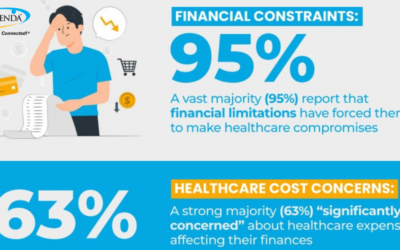Hope Meadows is an intentional, intergenerational neighborhood — the first of its kind — and the model and inspiration for many others like it around the country. Initially designed to build a community where young adults adopting children from foster care and seniors support each other, the initiative has evolved in the past three decades to expand its outreach.
The dynamic is based on a cohesive volunteer-led community that nurtures all generations. So, for example, young adults could offer to help seniors with needs that come with age, and, in exchange, the elderly can help raise the next generation.
But it is so much more than that.
With a combination of public and private funds, strategies like these promote a clever way to utilize the time and talents of elderly people and allow them to find meaning and purpose as neighbors, mentors, and “grandparents” in a supportive and nurturing environment.
While initially meant to support traditional foster and adoptive families, these programs can also help grandparent-led households, foster grandparenting, older youth launching into adulthood, adults with developmental disabilities, and even veterans with traumatic injuries.
In recent years, communities modeled on Hope Meadows have been established nationwide. The goal is to offer older adults the chance to provide meaningful care and social support to individuals and families facing particular vulnerabilities, who, in turn, promote the well-being of the elders as they age.
Additionally, more people are inclined to stay where they are happy and engaged. The increased tenant retention rate in intergenerational communities benefits tenants, investors, and ownership groups, making it a profitable investment.
This article about the latest trends of intergenerational communities by Denis Koval, CEO of Kapella Group, explains why this neighborhoods work from a healthcare and an investment perspective. This are the key highlights:
- Growing Need for Intergenerational Communities: The aging population in the U.S. is increasing, creating a greater demand for community and security among older adults.
- Benefits of Intergenerational Living: Intergenerational communities improve communication, diversity, culture, and activity, making multifamily properties more profitable and stable.
- Reducing Loneliness and Isolation: Intergenerational activities help reduce loneliness and isolation among older adults, enhancing mental and physical health.
- Mutual Benefits: These communities provide opportunities for older adults to share life experiences with the younger generation and for young adults to gain wisdom from seniors.
- Future Prospects: Intergenerational communities offer multiple generations services at the same location, attract funding, and improve tenant retention rates, benefiting both residents and investors.




